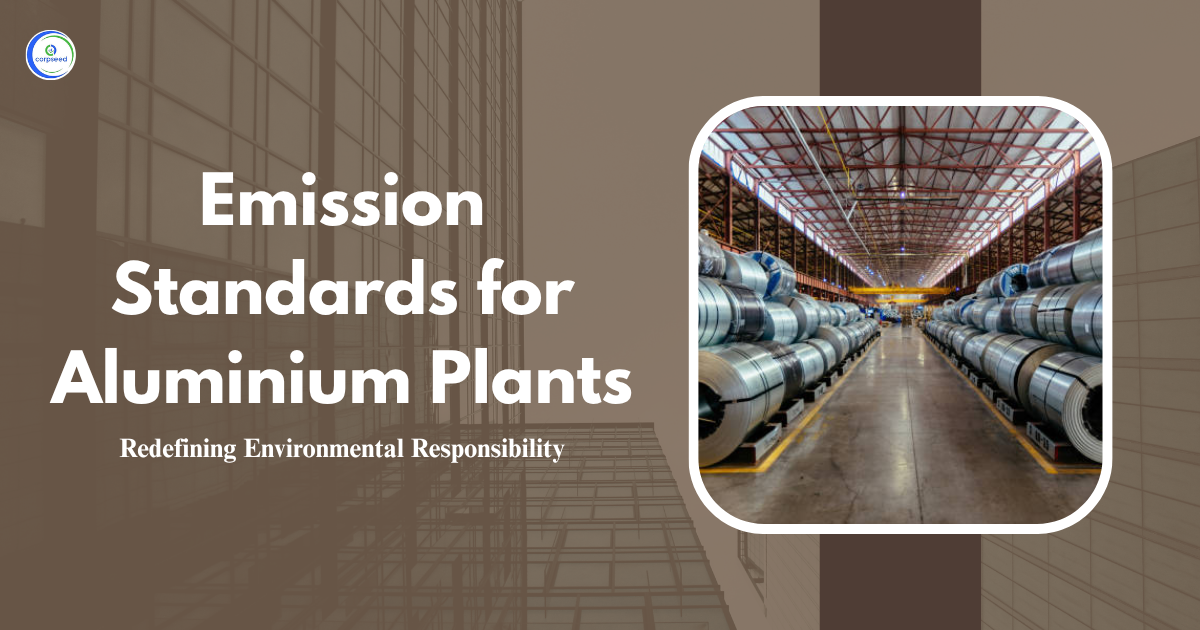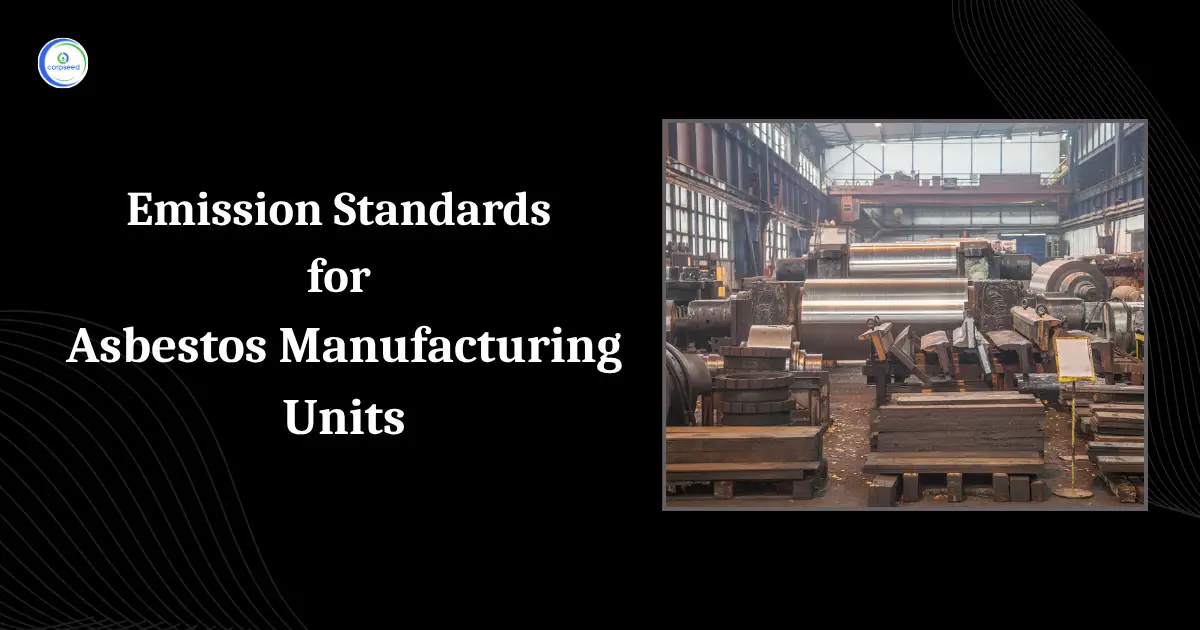On 17 October 2023, the Ministry of Environment, Forest and Climate Change issued a notification amending the Environment (Protection) Rules, 1986. The updated regulations enforce stringent waste and emission standards on the pesticide industry, aimed at minimizing environmental pollution and foster sustainable industrial practices. The Government of India sought feedback from stakeholders before confirming these rules. After revising the objections, the amendments are now ready to implement. This alteration indicates a major shift in how industries, particularly the pesticide sector, must regulate wastewater and emissions to fulfill stringent environmental standards.
Table of Contents
Understanding Environment (Protection) Sixth Amendment Rules, 2025
The Environment (Protection) Sixth Amendment Rules, 2025 which is introduced by the Ministry of Environment, Forest and Climate Change (MoEFCC) aims to curb pollution due to industrial activities, specifically aiming on the pesticide sector. These amendments reinforce environmental protection by implementing stringent effluent discharge and emission standards. The pesticide industry, which produces substantial chemical waste, is concerned about long-term due to the environmental risks posed by improper wastewater disposal and air pollution. Under the new rules, pesticide manufacturers need to effectively treat emissions and reduce harmful emissions in the air. By setting strict limits, the government aims to minimize pollution in water reservoirs and enhance air quality that meets global environmental standards. These changes signal a significant shift toward more sustainable industrial practices that ensure long-term environmental and public health protection.
What is Pesticide Industry?
The pesticide industry primarily produces chemicals used in agriculture to control pests like insects, fungi, rodents, and weeds. These chemicals help increase agricultural production by protecting crops. However, the use of pesticides comes with major environmental and health risks. Improper disposal of pesticide plant wastewater containing toxic chemicals can harm water reservoirs, soils and biodiversity. Thus, the industry needs stricter regulation to prevent environmental damage. The Sixth Amendment aims to hold pesticide manufacturers accountable by setting strict environmental norms for wastewater treatment and emission control.
--------------Blog Contact Form-------------
Emission and Effluent Standards for Pesticide Industry
One of the key areas of change is revised effluent standards for the pesticide industry. For instance, in Schedule I of the Environment (Protection) Rules, 1986, the amendment replaces existing principles with stricter limits on pollutants in wastewater discharged by pesticide manufacturing units. The following table outlines the new compulsory and additional parameters for effluent discharges:
| S. No. | Industry | Parameter | Standards | |
| “40 | Pesticide Industry |
Effluent Standards | ||
| Limiting concentration in mg/l, except for pH and Bioassay test | ||||
| A. Compulsory Parameters | ||||
| COD | 250 for technical grade units and for those units where formulation activities as well as technical grade production in the same premises 150 for formulation grade units | |||
| BOD(3 days 270C) | 30 ( for both formulation units as well as technical grade units) | |||
| pH | 6.5-8.5 | |||
| Oil and Grease | 10 | |||
| Suspended Solids | 100 | |||
| *Bioassay Test | 90% survival of fish after 96 hours in 100% effluent | |||
| B. Additional Parameters | ||||
| Cyanide as CN | 0.1 | |||
| Arsenic as As | 0.1 | |||
| Copper | 1.0 | |||
| Manganese | 1.0 | |||
| Mercury | 0.01 | |||
| Antimony (as Sb) | 0.1 | |||
| Zinc | 1.0 | |||
| Nickel, etc. (heavy metals individually) | Shall not exceed individually 5 times the drinking water standards as per BIS | |||
| Nitrate (as NO3) | 5.0 | |||
| Phosphate (as P) | 5.0 | |||
| Phenol & Phenolic Compounds as C6H5OH | 1.0 | |||
| Sulphur | 0.03 | |||
| Benzene Hexachloride (BHC) | 0.01 | |||
| Carbonyl | 0.01 | |||
| Copper Sulphate | 0.05 | |||
| Copper Oxychloride | 9.6 | |||
| DDT | 0.01 | |||
| Dimethoate | 0.45 | |||
| 2,4 D | 0.4 | |||
| Endosulfan | 0.01 | |||
| Fenitothrion | 0.01 | |||
| Malathion | 0.01 | |||
| Methyl Parathion | 0.01 | |||
| Paraquat | 2.3 | |||
| Phenathoate | 0.01 | |||
| Phorate | 0.01 | |||
| Proponil | 7.3 | |||
| Pyrethrums | 0.01 | |||
| Ziram | 1.0 | |||
| Other Pesticide (individually) | 0.10 | |||
| *Bioassay Test shall be carried out as per IS: 6582-1971. Note: 1. Not applicable to industry discharging to Common Effluent Treatment Plants, and shall be applicable to all discharge to land and surface water bodies including use of treated wastewater for horticulture or irrigation purpose. 2. The concerned State Pollution Control Board or Pollution Control Committee shall prescribe limits of Total Dissolved Solids, Sulphates and Chlorides depending on the usages of recipient water body in downstream, in which effluent shall be disposed off. 3. Parameters listed as “Additional Parameters” shall be prescribed depending upon the process and product, on a case to case basis. |
||||
| C. Emission Standards | ||||
| Limiting concentration in mg/Nm3 | ||||
| HCl | 20 | |||
| Cl2 | 5 | |||
| H2S | 5 | |||
| NH3 | 30 | |||
| P2O5 | 10 | |||
| CH3Cl | 20 | |||
| HBr | 5 | |||
| Pesticides compounds in the form of particulate matter | 20 | |||
| Benzene | 5 | |||
| Toluene | 100 | |||
| Xylene | 100 | |||
| Acetonitrile | 1000 | |||
| Dichloromethane | 200 | |||
| Acetone | 2000 | |||
| Methanol | 350 | |||
| The total cumulative losses of solvent* should not be more than 5 percent of the solvent on annual basis from storage inventory *Losses of solvent means the solvent leaving in gaseous emissions and wastewater. | ||||
| D. Emission Standards for Incinerator | ||||
| Limiting Concentration in mg/Nm3, unless stated | in mg/Nm3, unless stated Sampling durations in(minutes) unless stated | |||
| Particulate Matter | 50 | 30 or more (for sampling of 300 litres of emission) | ||
| HCl | 50 | 30 | ||
| SO2 | 200 | 30 | ||
| CO | 100 | Daily average | ||
| Total organic Carbon | 20 | 30 | ||
| Total Dioxins and Furans (Existing or New Incinerator) | 0.1 ngTEQ/Nm3 | 8hours | ||
| Sb+As+Pb+Cr+Co+Cu+Mn+Ni+V and their compounds | 1.5 | 2 hours | ||
| Note: (i) All monitored value shall be corrected to 11% oxygen on dry basis. (ii) The CO2 concentration in tail gas shall not be less than 7%. (iii) In case, halogenated organic waste is less than 1% by weight input waste, all the facilities in single chamber incinerators shall be designed so as to achieve a minimum temperature of 1100oC in the incinerator. For fluidized bed technology based incinerator, temperature shall be maintained at 950oC. (iv) In case halogenated organic waste is more than 1% by weight in input waste, waste shall be incinerated only in twin chamber incinerators and all the facilities shall be designed to achieve a minimum temperature of 850±25oC in primary chamber and 1100oC in secondary combustion chamber with a gas residence time in secondary combustion chamber not less than two seconds. (v) Scrubber meant for scrubbing emissions shall not be used as quencher. (vi) Incineration plants shall be operated (combustion chambers) with such temperature, retention time and turbulence, as to achieve Total Organic Carbon (TOC) content in the incineration ash and residue less than 3% and their loss on ignition is less than 5% of the dry weight. In case of nonconformity, ash and residue as the case may be, shall be re-incinerated. (vii) The incinerator shall have a chimney of at least thirty meters height. |
||||
| E. Effluent from Incinerator | ||||
|
Note: (ii) The build-up in Total Dissolved Solids in wastewater or floor washings shall not exceed 1000 mg/l over and above the Total Dissolved Solids of raw water used. |
||||
| F. Storm water | ||||
| Note: (i) Storm water shall be allowed to mix with scrubber water and/or floor washings. (ii) Storm water shall be channelized through separate drains passing through a High Density Polyethylene lined pit having holding capacity of 10 minutes (hourly average) of rainfall.” |
||||
Environmental Compliance and the Role of State Pollution Control Boards
The successful implementation of the sixth amendment depends on the proactive role of the State Pollution Control Boards (SPCBs). These agencies are responsible for monitoring industrial activities and enforcing environmental compliance. The key roles of SPCBs include:
- Setting Discharge Limits: SPCBs will set specific emission standards for pesticide producing units based on local environmental conditions, such as water quality and pollution levels.
- Monitoring Effluent Treatment: Regulations mandate that pesticide plants must meet prescribed quality standards before discharging wastewater into rivers, lakes, or using it for irrigation.
- Inspection and Audits: Regular testing will take place to ensure companies are adhering with new emissions and effluent standards. Non-compliance may result in fines, penalties, or even suspension of operations.
- Supporting Industry Adaptation: SPCBs will guide manufacturers of pesticides to adopt cleaner technologies, ensuring they fulfill environmental standards that maintain operational efficiency.
Also Read: Emission Standards for Aluminium Plants: Redefining Environmental Responsibility
Importance of Emission Standards for Pesticide Industry
Stricter emission standards are crucial in minimizing the environmental and health impacts of industrial pollution, particularly from the pesticide sector.
- Health Protection: Strict emission standards reduce discharge of harmful gases and particles, prevent long-term health risks to workers and nearby communities, including respiratory problems and skin conditions.
- Environmental Preservation: Emission controls limit the release of toxic substances into the air, reduce their impact on biodiversity, soil quality, water reserves, and prevent further environmental degradation of ecosystems.
- Technology Advancement: These standards force the pesticide industry to adopt advanced, effective pollution-control technologies such as scrubbers and filters, enhancing emissions management and mitigating the overall environmental impact of the production process.
- Global Compliance: Adherence to strict emission norms ensure that the Indian pesticide industry fulfills global environmental standards, promotes international trade, and enhances the credibility of the Indian industry.
Conclusion
The Sixth Amendment to the Environment (Protection) Rules, 1986 is a landmark step towards addressing pollution from the pesticide industry. The introduction of stringent effluent discharge and emission standards ensures that the industry reduces its environmental impact. These amendments reflect the government's commitment to a cleaner, more sustainable industrial framework.
For successful implementation, the role of State Pollution Control Boards will be crucial in implementing these regulations and ensuring compliance. As the industry adapts to these new requirements, it will be essential for both government agencies and industry stakeholders to collaborate, ensuring that the Sixth Amendment attains its goals of mitigating pollution and boosting environmental sustainability.
This portion of the site is for informational purposes only. The content is not legal advice. The statements and opinions are the expression of author, not corpseed, and have not been evaluated by corpseed for accuracy, completeness, or changes in the law.
BOOK A FREE CONSULTATION
Get help from an experienced legal adviser. Schedule your consultation at a time that works for you and it's absolutely FREE.
.webp)

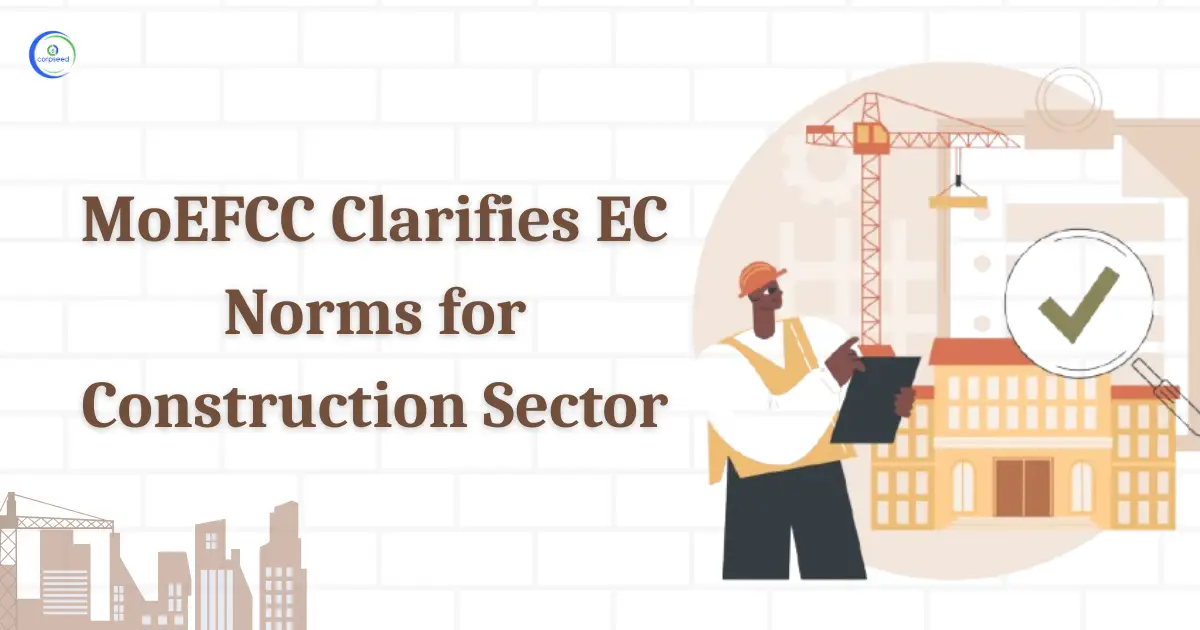
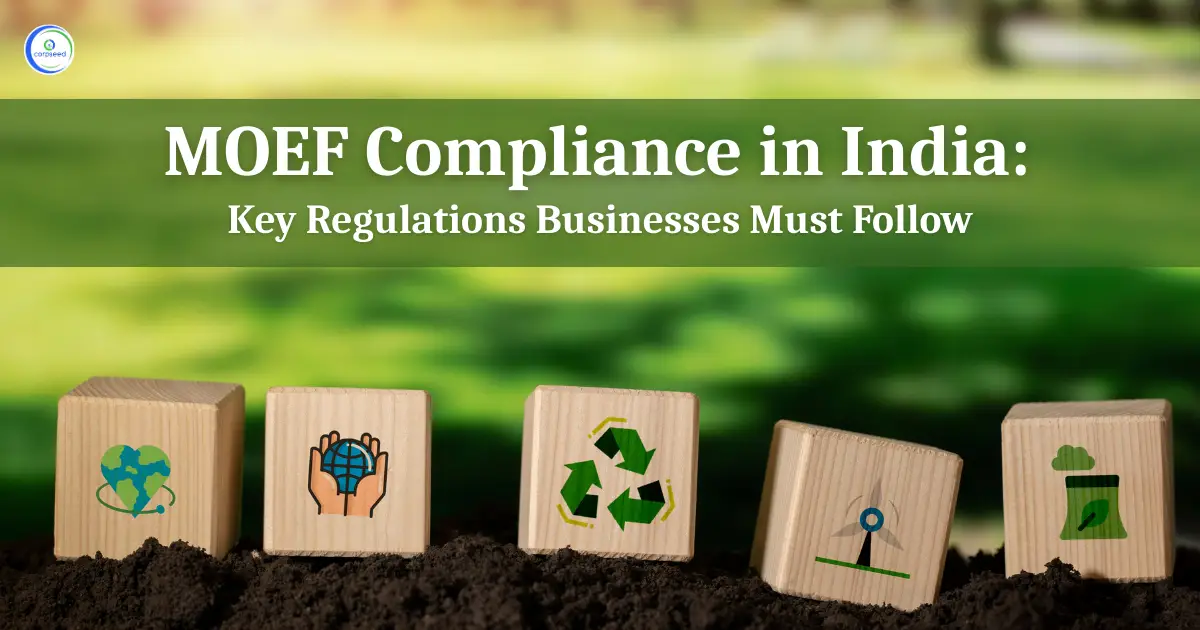
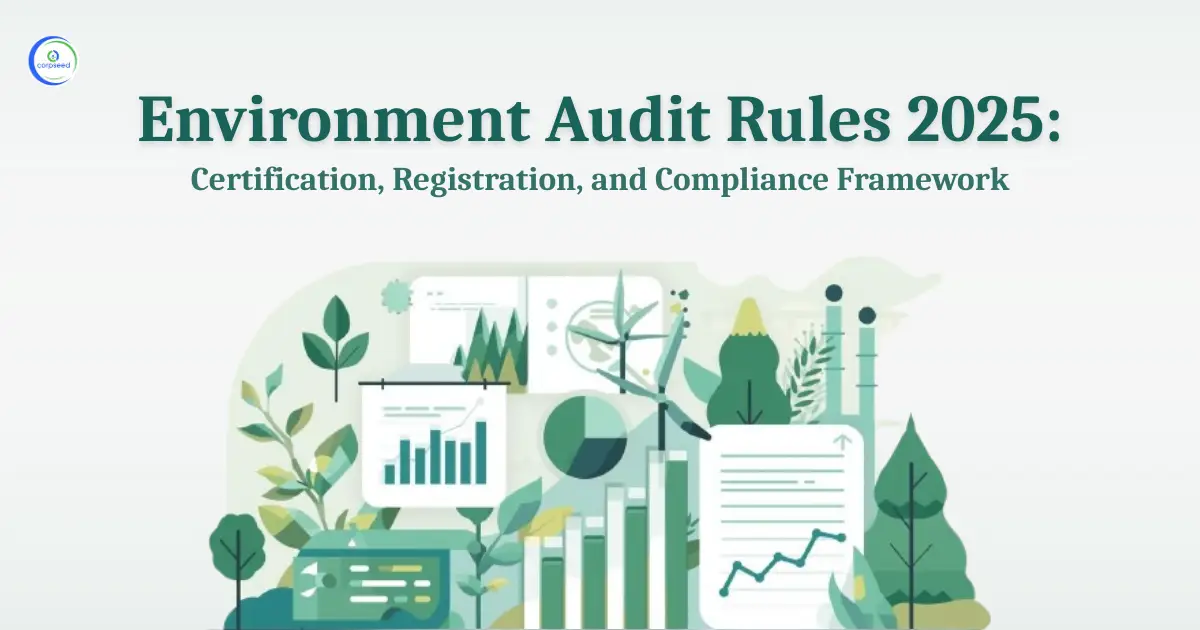
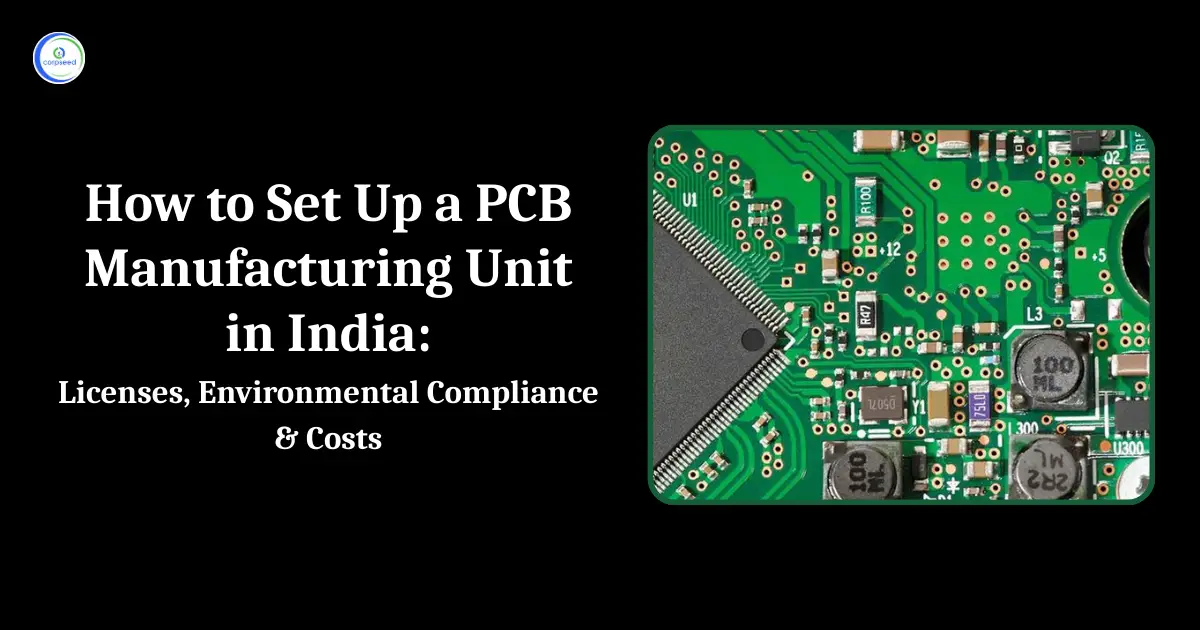
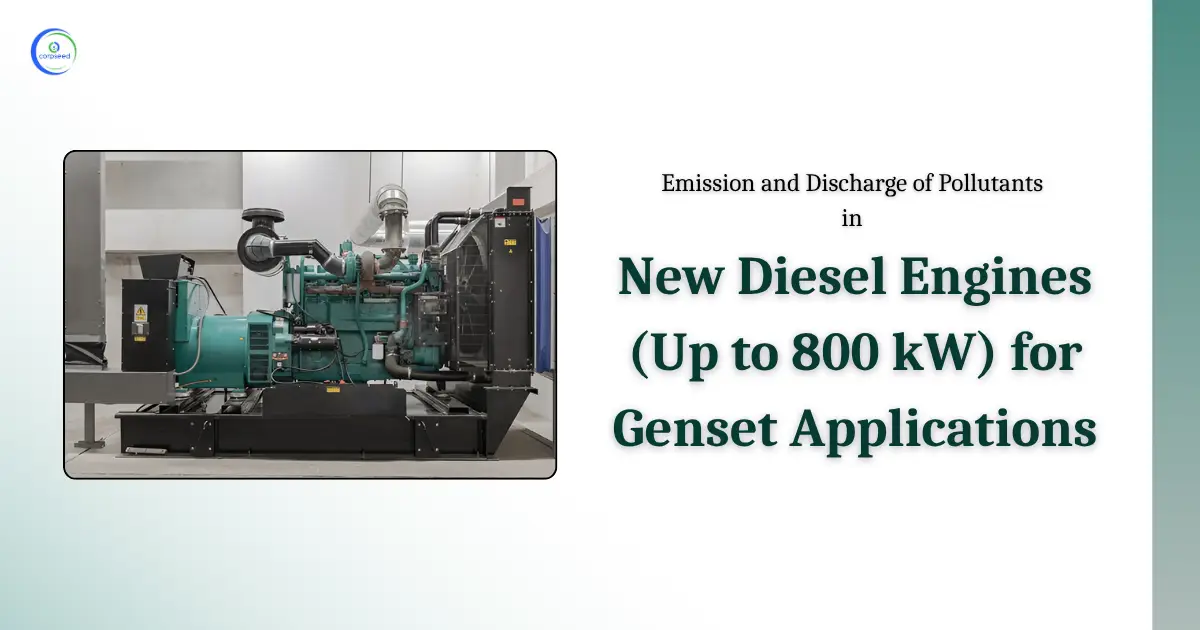
_Corpseed.webp)
